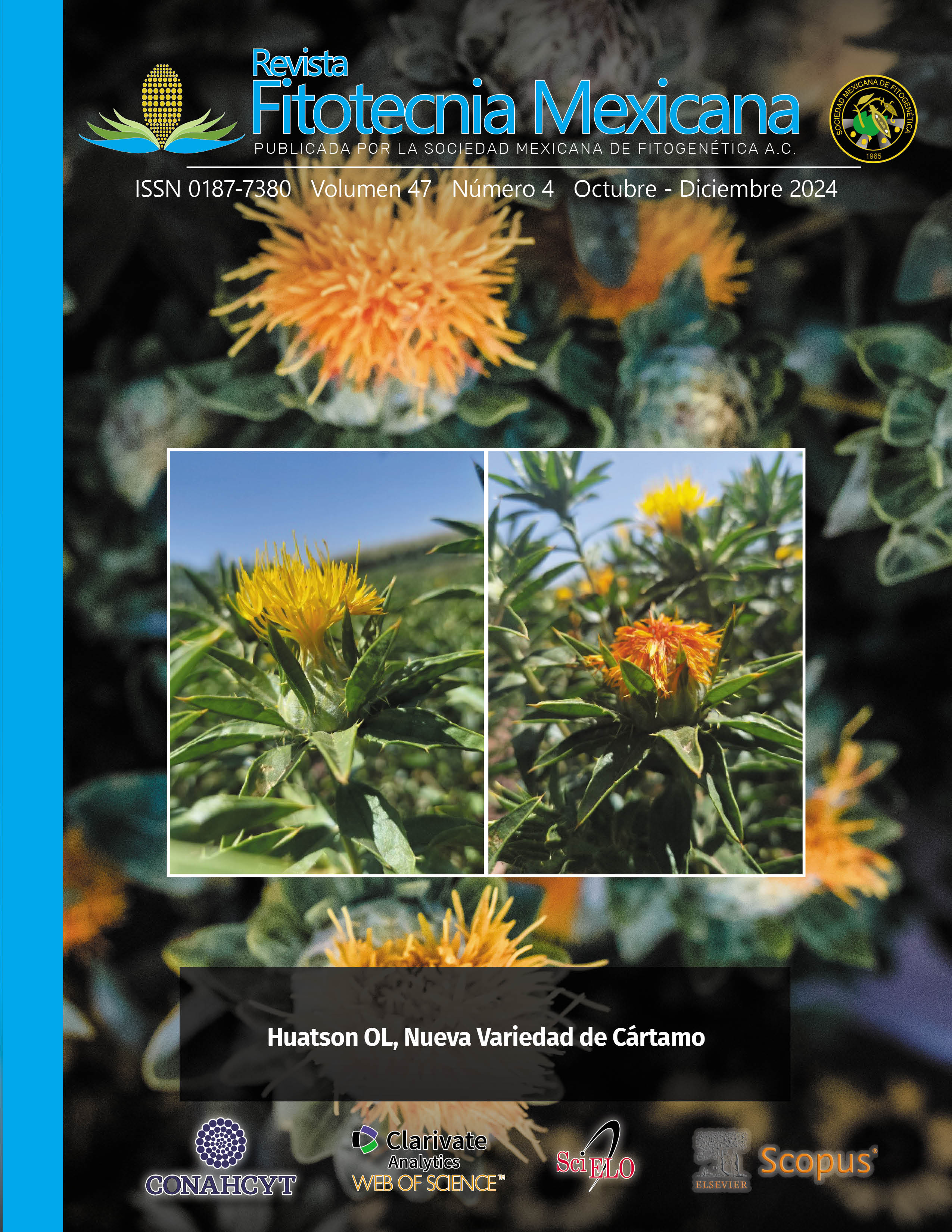MORPHOLOGICAL CHARACTERIZATION OF MAIZE LANDRACES FROM CENTRAL AND ATLANTIC REGIONS OF COSTA RICA
Main Article Content
Abstract
The Costa Rican maize landraces have been gradually disappearing due to replacement by high-yielding hybrids, urbanization of agricultural areas, high production costs and the low interest of new generations in its conservation. The morphological characterization of maize landraces allows to evaluate, describe and quantify the magnitude of variability in these populations and there is little research of this type in Costa rica. The objective of this research was to characteriza morphologically maize landraces native to the Central and Atlantic regions of Costa Rica. Samples of maize landraces were collected in 11 cantons from February 2018 to March 2020. Quantitative and qualitative traits were evaluated in both ear and grain. For each region, a descriptive analysis was carried out for the qualitative traits of ear and grain, and frequency tables with their respective graphs were constructed. For the quantitative traits, multivariate analysis of variance (P ≤ 0.05) and hierarchical cluster analysis using the Gower distance and the Ward clustering method were performed for each region. In the Central region, high variability was found in ear diameter, kernels per row, ear length, number of rows, ear weight, as well as width, thickness, length and kernel weight. The maize of the Atlantic region has smaller grains than that of the Central region. In the cluster analysis two groups were found in the Atlantic region, where orange grains predominate, while three groups were found in the Central region, where white grains and to a lesser extent yellow and purple ones predominate. This study evidenced the presence of a significant morphological variability in the ear and kernels of Costa Rican maize landraces both in the Central and Atlantic regions.

